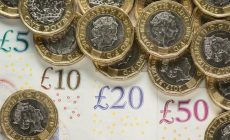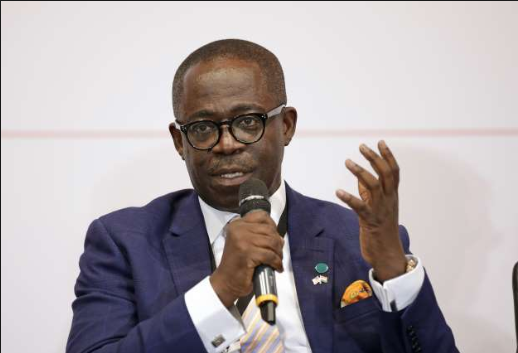March: UK inflation stays at 0%
- Posted on
- Comment
 Inflation held steady at zero in March, as a fall in gas and clothing prices was offset by higher fuel costs.
Inflation held steady at zero in March, as a fall in gas and clothing prices was offset by higher fuel costs.
Inflation, as measured by the consumer prices index (CPI), remained at zero in March compared with a year ago. This is still the lowest rate since records began in 1989, and also represents the joint weakest price growth since 1960, according to Office for National Statistics estimates.
Analysts also highlighted that the official measure showed a reading of -0.01pc when calculated to two decimal places.
The ONS said the largest downward effect came from clothing and footwear, where prices fell between February and March this year fell for the first time since the CPI was introduced.
This was offset by higher petrol prices, which rose by 3.8p per litre in March compared with no change between the same months a year ago. Diesel prices also rose this year by 3.5p, compared with a fall of around half a pence a year ago.
However, core inflation, which strips out volatile elements such as energy and food, stood at a nine-year low of 1pc in March, down from 1.2pc in February.
Alan Clarke, an economist at Scotiabank, said that inflation was still poised to turn negative next month.
“In broad terms, what you tend to get when headline inflation has fallen sharply in the past, the core measure follows two to three months later. The worst drag from petrol prices is past us, but other elements that are affected include airfares, which take a good take a while to feed through. The strength of sterling against the euro will also down on inflation over the coming months.
“We will hit negative next month on headline inflation – we are just delaying the inevitable. The change in the timing of Easter Sunday should depress airfares this year – and we should finally turn negative – albeit mildly and temporarily.”
The retail prices index, which is no longer an official statistic, but is still used to calculate pay deals and rail fare increases, stood at 0.9pc, down from 1pc a month ago.
-The Telegraph










 (Selorm) |
(Selorm) |  (Nana Kwesi)
(Nana Kwesi)